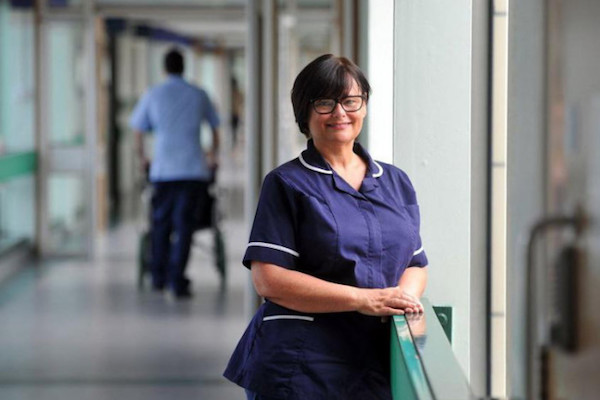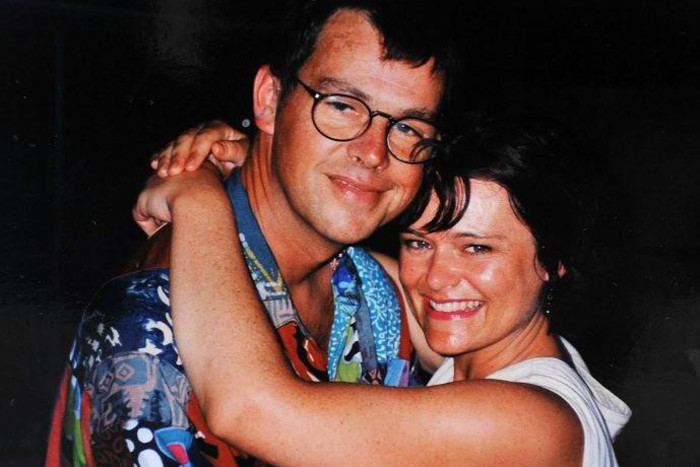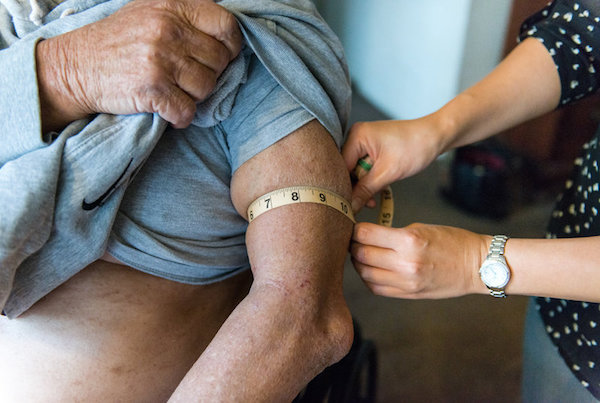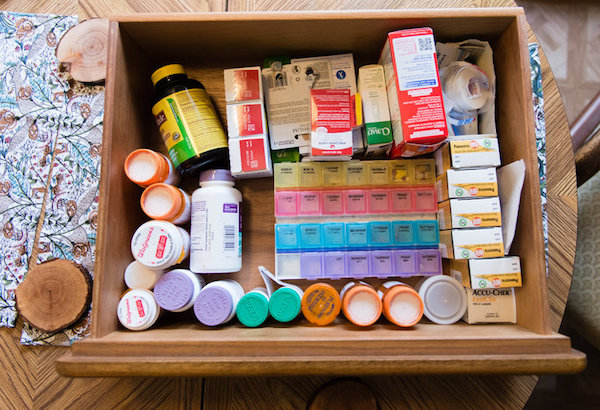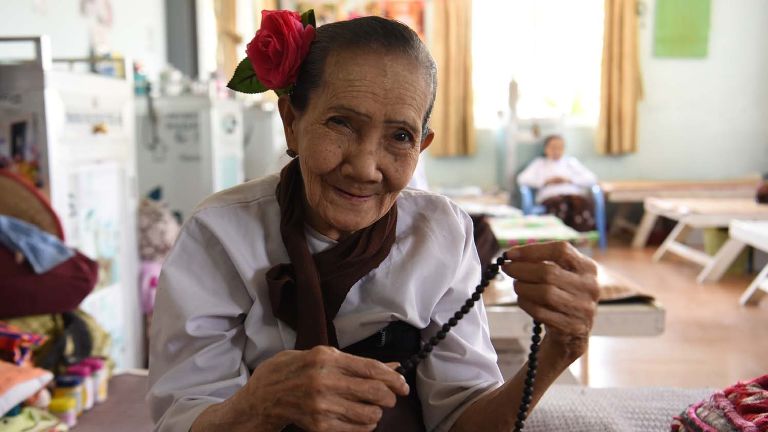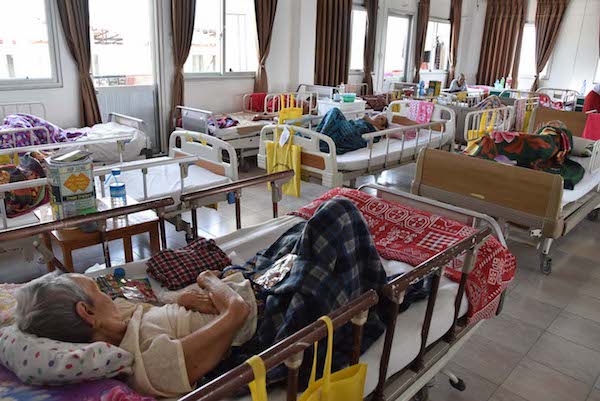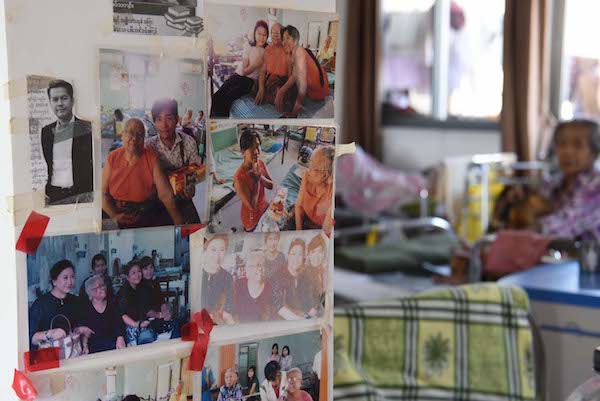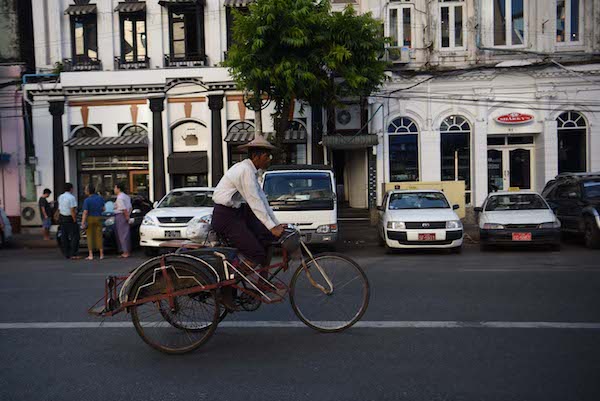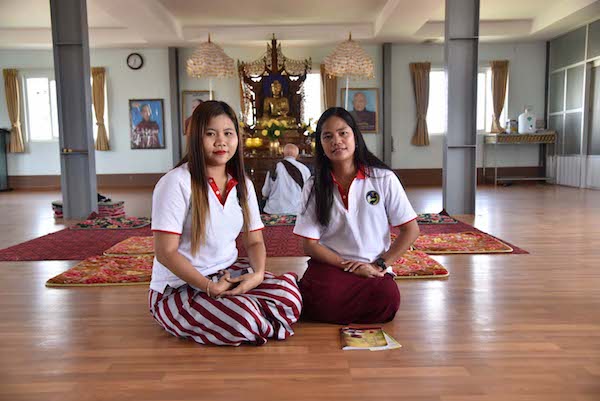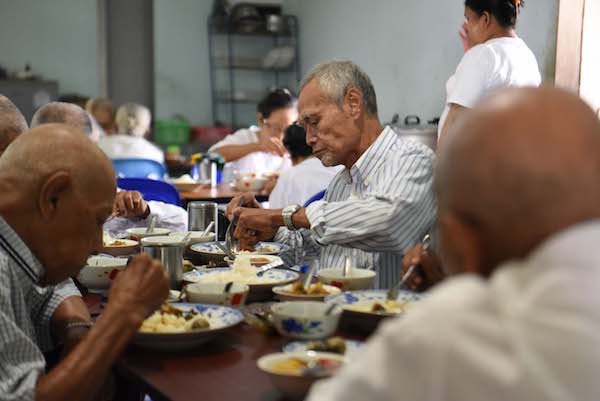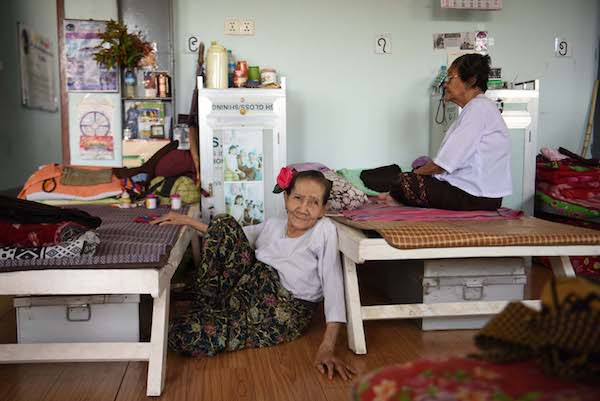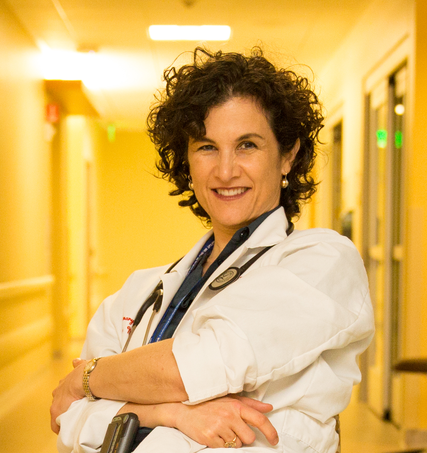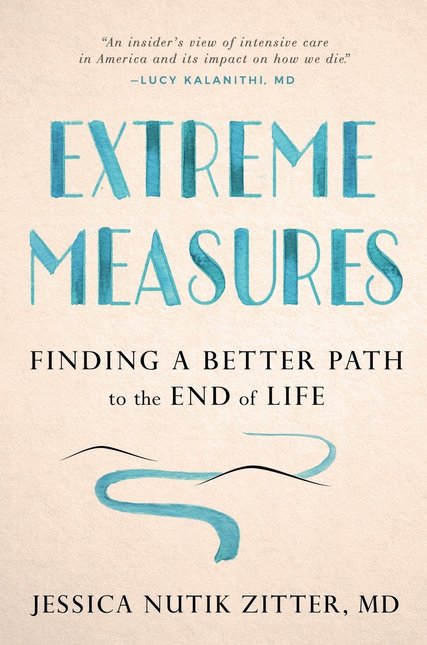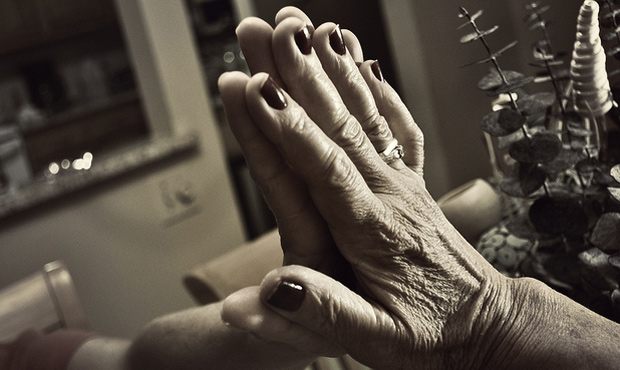
By Josh Kerns
[I]t’s a subject few are willing to talk about: our own deaths.
And even though Washington is one of just six states where doctor-assisted death is legal, very few utilize it, and many know nothing about their options. But a dedicated group of volunteers is working tirelessly to change that.
Retired Seattle chaplain Trudy James says death has always been a part of her life.
“My first baby died at 4 days old, my father took his own life when I was 35, and I became a hospital chaplain when I was 47,” she said.
As a chaplain, she was at the forefront of the AIDS epidemic, working daily with people young and old facing death. She helped build a community of volunteers to support them.
“They were suffering and they knew that they were going to die,” James said. “And what we learned is when they had people around them and things to look forward to and people to talk to, they lived longer and they died better deaths.”
That led James to create the Heartwork end-of-life planning groups.
She began offering workshops and training volunteers in congregations, senior centers, private homes and elsewhere to help raise awareness about the options, and to help people take control of their own end-of-life decisions.
Death with Dignity
Voters approved Washington’s Death with Dignity Act in 2008. It allows terminally ill adults with six months or less left to live to request lethal doses of medication from a doctor, refuse life-saving medical treatment like resuscitation, and to stopping eating and drinking to hasten death.
There are a number of steps involved in this, such as exams and repeat oral and written requests to a doctor who chooses to prescribe the medication.
“A lot of people don’t even know we have this new law in Washington. And if they do know or if they voted for it, they have no idea how to access it or what it would mean or what it offers them,” she said.
There are plenty of people and organizations opposed to doctor-assisted death.
Many religious groups and right-to-life advocates argue doctor-assisted death interferes with God’s will. Doctors in some religious-based hospitals are prohibited by their employers from discussing the law.
After seeing scores of people die extremely painful deaths over the years, James couldn’t disagree more.
“I say dying in intensive care with machines hooked up to all of you and not being able to speak to your loved ones isn’t really a natural death,” she said. “It’s prolonging dying, but it’s not prolonging living.”
This is not suicide
One thing James and other end-of-life advocates underscore is that they are not promoting or encouraging death – just awareness of the options. Namely, that those suffering from painful, degenerative conditions — ranging from cancer to ALS — can hasten their death.
And these advocates emphasize that this is not doctor-assisted suicide. They argue the word suicide should only describe those physically well enough who would otherwise continue living.
“These are people who are going to die anyway and they’re just reducing suffering for themselves and their family,” she said. “That seems to me what God would want.”
James’ experiences with her ministry and the workshops inspired her to produce a short film she could show at senior centers, hospices and elsewhere.
What started as a 12-minute, simple short is now a full-fledged 30-minute documentary called “Speaking of Dying.” It’s basically people speaking from the heart about their own experiences with illness and death.
James says even though people don’t want to think or talk about death, when they can learn their options and plan for it, it can bring incredible peace of mind. And she says it’s something we should all be thinking about and planning for with our families, friends or doctors sooner rather than later.
“There’s nothing that says you’re not going to die until you’re 75 or 80,” James said. “Many people die young and it’s so comforting if they’ve done some work with them and talk with them and tell them what they want.”
James will be hosting a special screening of the “Speaking of Dying” on Saturday, April 29 at Seattle Baptist Church. The goal is to celebrate the film’s second anniversary and raise money to help show and distribute it to more broadly.
“There is always grief when someone you love dies,” she said. “But I say it’s better when they’ve had a peaceful ending.”
Complete Article HERE!

